14 Easy Crops That Thrive in Buckets Year-Round
If you have limited space, growing food in buckets is an easy way to keep fresh produce close at hand. These simple containers make it possible to garden on porches, rooftops, or even windowsills. Many crops adapt well to this setup and can provide steady harvests throughout the year. The method is practical for both beginners and experienced gardeners.
This post may contain affiliate links, which helps keep this content free. Please read our disclosure for more info.
Tomatoes
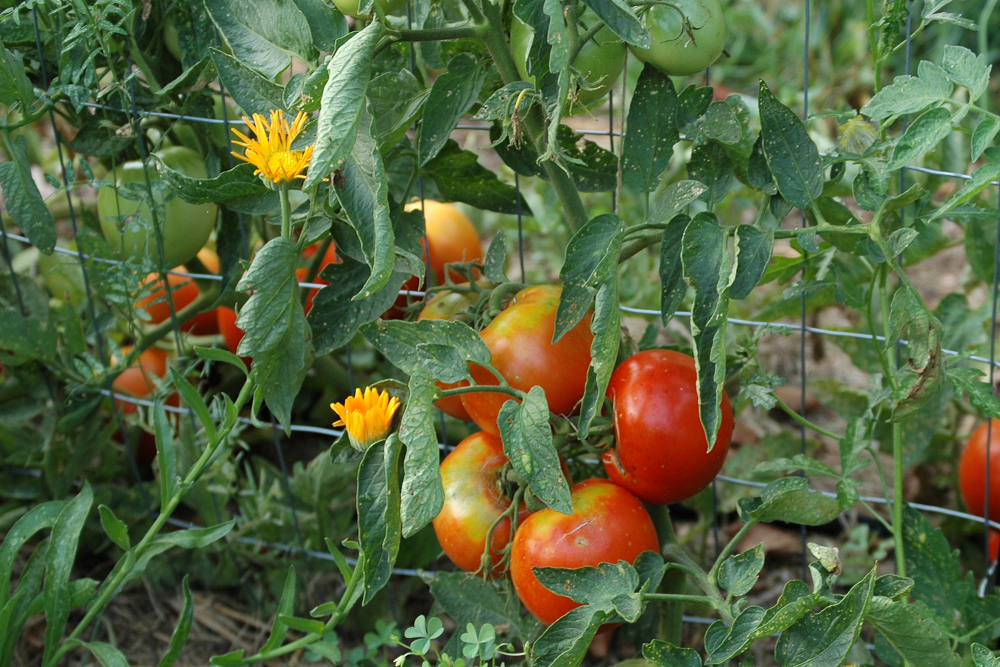
Tomatoes grow very well in buckets as long as they get enough sunlight and water. A five-gallon bucket gives the roots enough space to spread out and develop. You can use a tomato cage or small stake for support as the plant grows tall. Cherry tomatoes tend to produce the fastest results in small containers.
These plants need consistent watering, especially in hot weather. Adding a good potting mix with compost helps provide the nutrients they need. You can harvest fresh tomatoes for salads, sauces, and snacks throughout the year. Many gardeners enjoy the convenience of picking ripe fruit right outside their door.
Lettuce
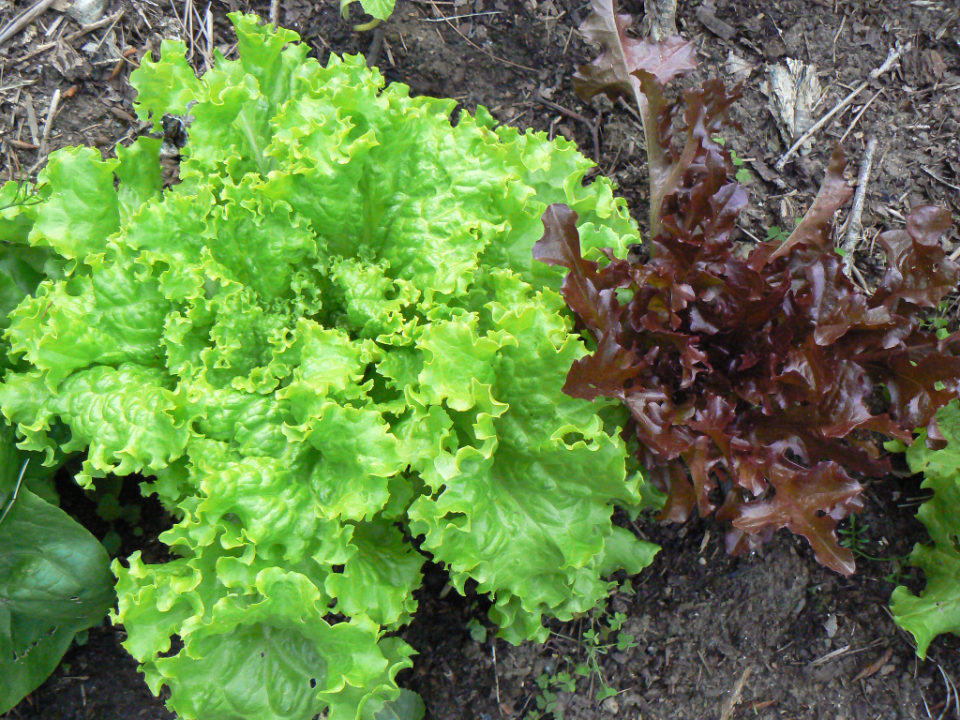
Lettuce is a perfect choice for bucket gardening since it has shallow roots and grows quickly. You can plant several heads in a single bucket without crowding. It does best with regular watering and partial sunlight. Because it matures fast, you can enjoy multiple harvests in one season.
Loose-leaf varieties are the easiest to grow and cut for repeat harvests. A simple potting mix and light fertilizer are usually enough to keep it healthy. The leaves can be picked as needed, keeping a steady supply for meals. Growing lettuce in buckets makes fresh greens available almost any time of year.
Carrots
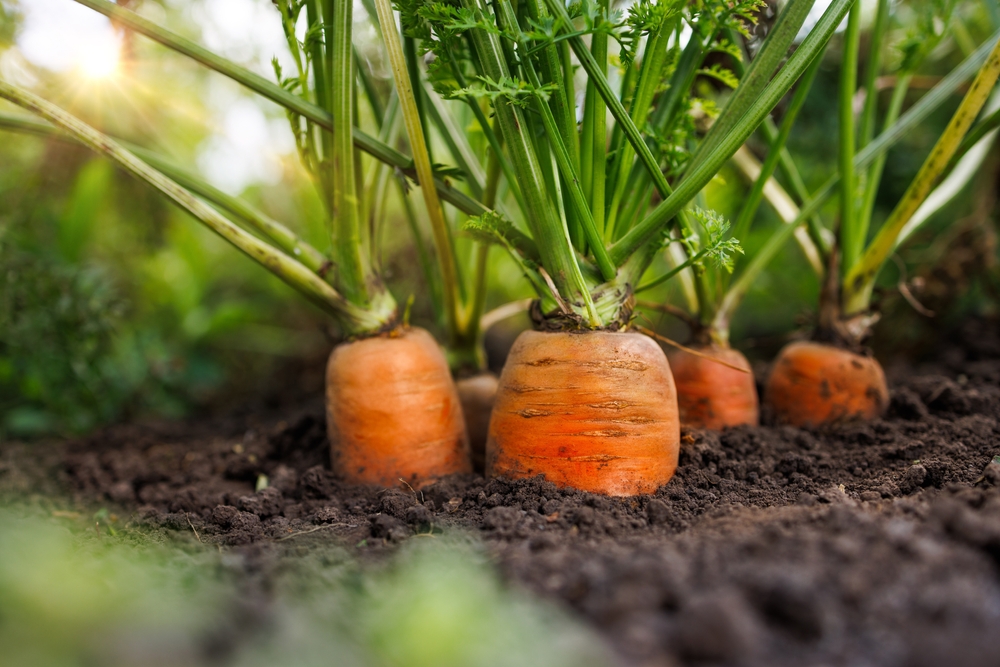
Carrots can thrive in deep buckets filled with soft, loose soil. The container should be at least 12 inches deep so the roots can grow long and straight. Choose smaller or shorter carrot varieties if you prefer quicker harvests. They need full sun and consistent watering to develop their sweetness.
Carrots are simple to maintain once planted, with few pest problems. Keeping the soil loose helps prevent odd shapes or stunted growth. Harvesting them is easy since you just pull them gently from the bucket. Freshly picked carrots often taste sweeter than store-bought ones.
Spinach
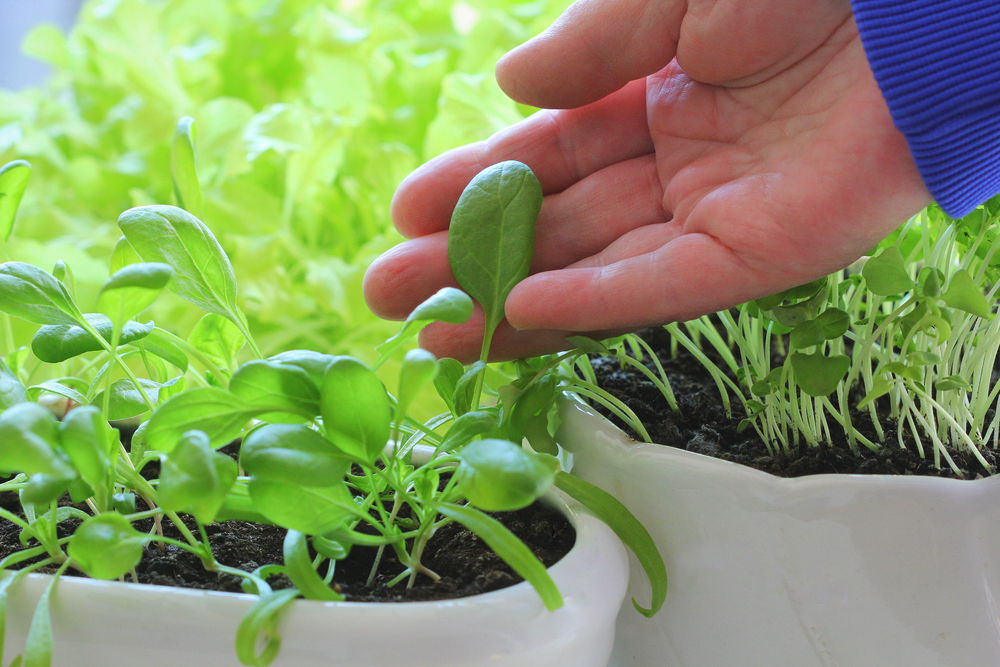
Spinach grows well in buckets because it tolerates cooler temperatures and partial shade. It does not need deep soil, so a medium-sized bucket is enough. You can plant seeds directly and see sprouts within a week. This leafy green is known for its quick harvest cycles.
Spinach benefits from steady watering and well-draining soil. Picking outer leaves allows the plant to keep producing new growth. You can enjoy spinach in salads, smoothies, or cooked dishes all year long. Its compact size makes it perfect for small spaces.
Green Onions
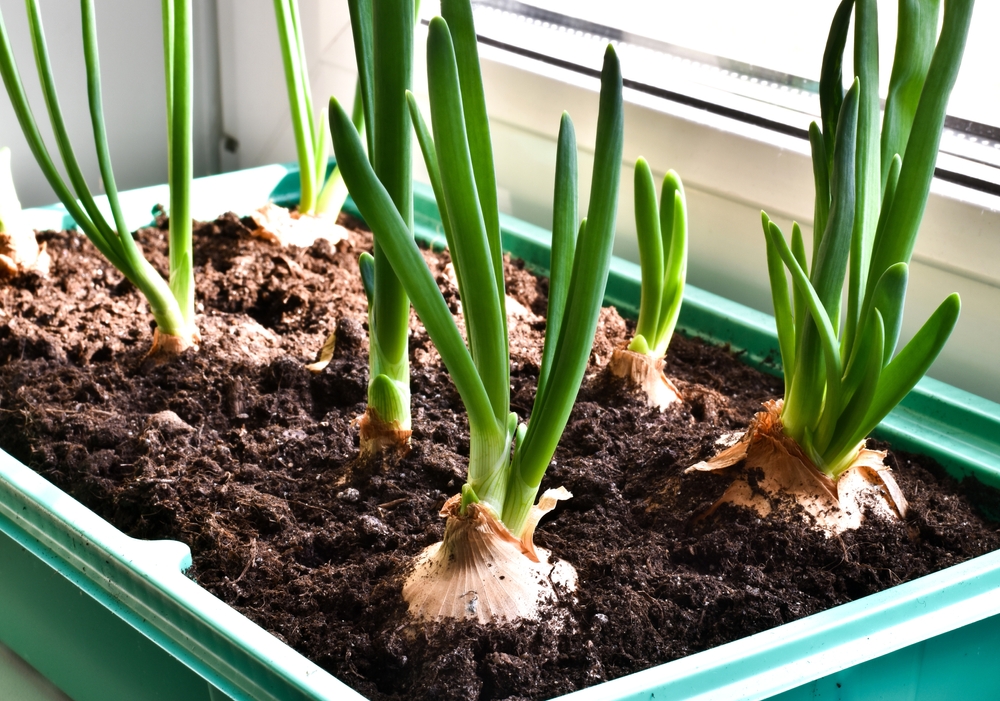
Green onions are one of the easiest plants to grow in buckets. They require little soil depth and can regrow after cutting. You can plant them from seeds or even kitchen scraps. Buckets allow you to harvest a fresh supply whenever you need them.
These plants grow best in well-drained soil with steady sunlight. They do not take long to mature, and you can pull them young or let them grow taller. Trimming them keeps the growth going strong. Having a bucket of green onions nearby is useful for everyday cooking.
Strawberries
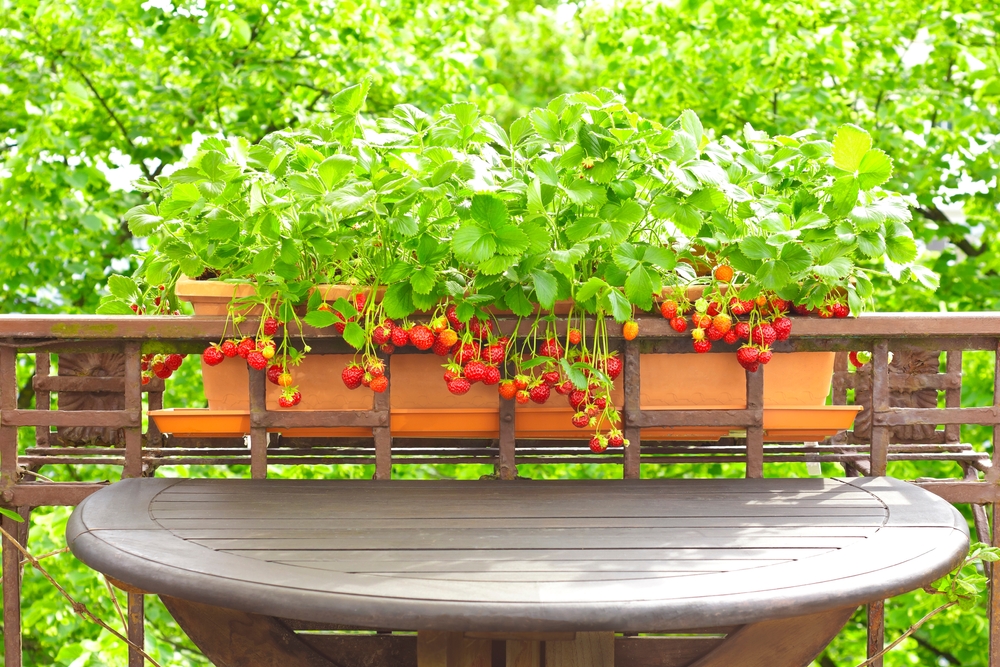
Strawberries adapt well to bucket gardening as long as they have good drainage. The plants stay compact and do not need deep soil. They thrive in sunny spots and reward you with fresh fruit. Using hanging buckets can keep the berries off the ground and clean.
These plants can produce fruit for several months if cared for properly. Regular watering and a bit of fertilizer will keep them healthy. Buckets also make it easier to protect the plants from pests. Harvesting sweet berries from your own container is always rewarding.
Kale
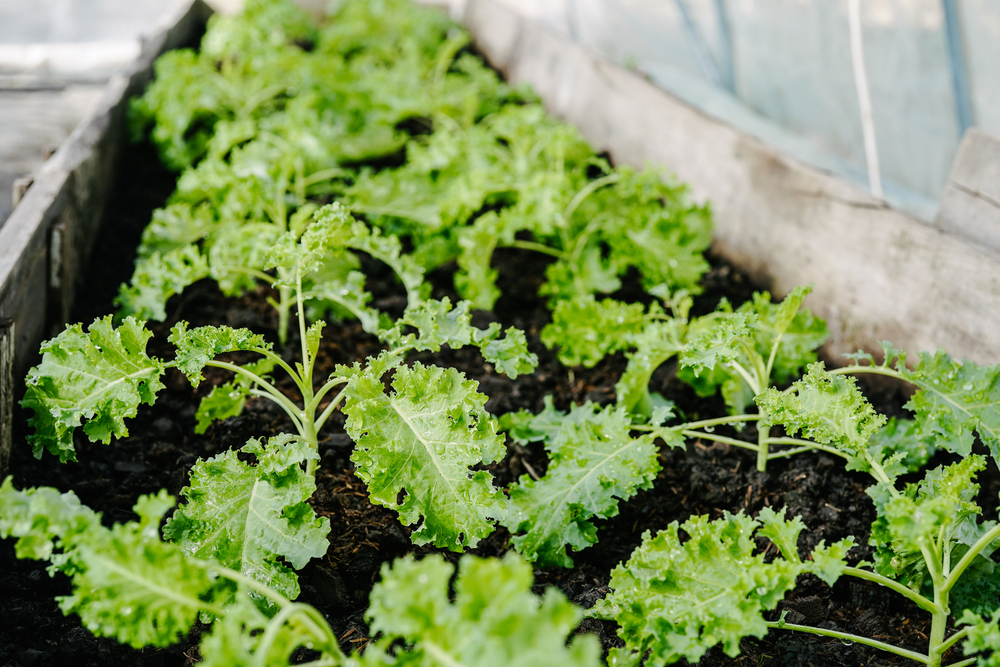
Kale is hardy and does well in bucket gardens, even during cooler months. It does not require deep soil, making buckets a good fit. Planting several in one container works if you give them space. The leaves are ready for harvest when they are firm and dark green.
Kale keeps producing if you pick the outer leaves regularly. It thrives with steady watering and moderate sunlight. This leafy green is versatile in soups, salads, and cooked dishes. A bucket of kale can keep you supplied with healthy greens year-round.
Radishes
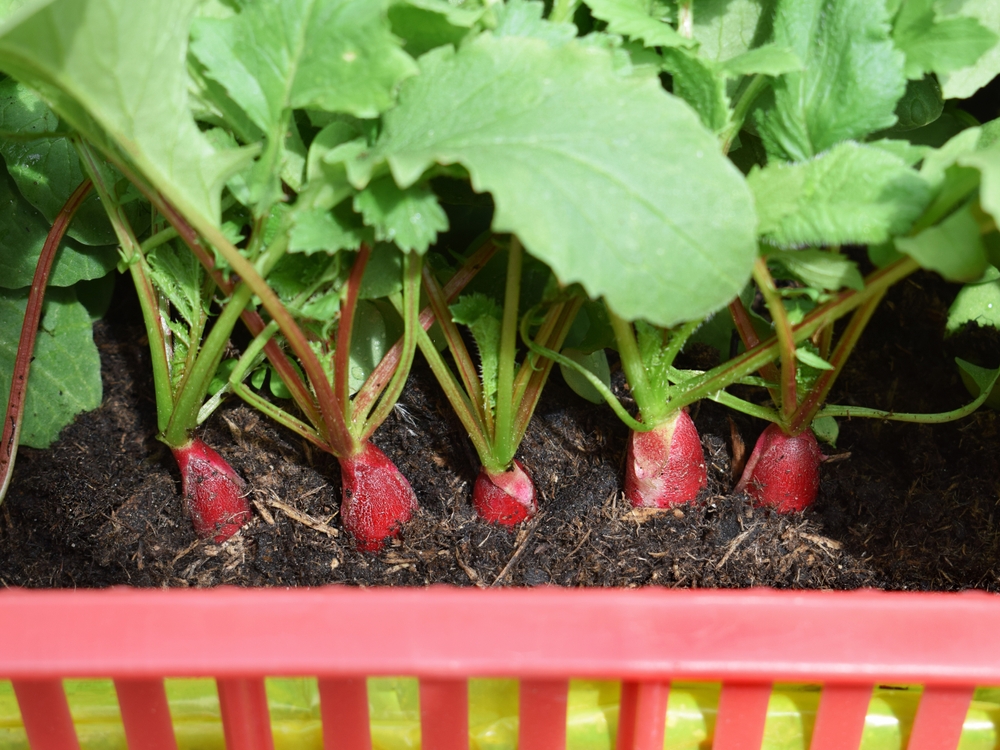
Radishes are quick growers and do not need much space, making them perfect for buckets. They mature in just a few weeks, giving fast results. A shallow bucket with well-drained soil works well for them. You can plant seeds close together since the roots are small.
These root vegetables need regular watering to avoid becoming too spicy or woody. They are ideal for beginner gardeners who want quick harvests. Buckets also make it easy to control pests and soil quality. Radishes bring color and crunch to salads and meals straight from the container.
Cucumbers
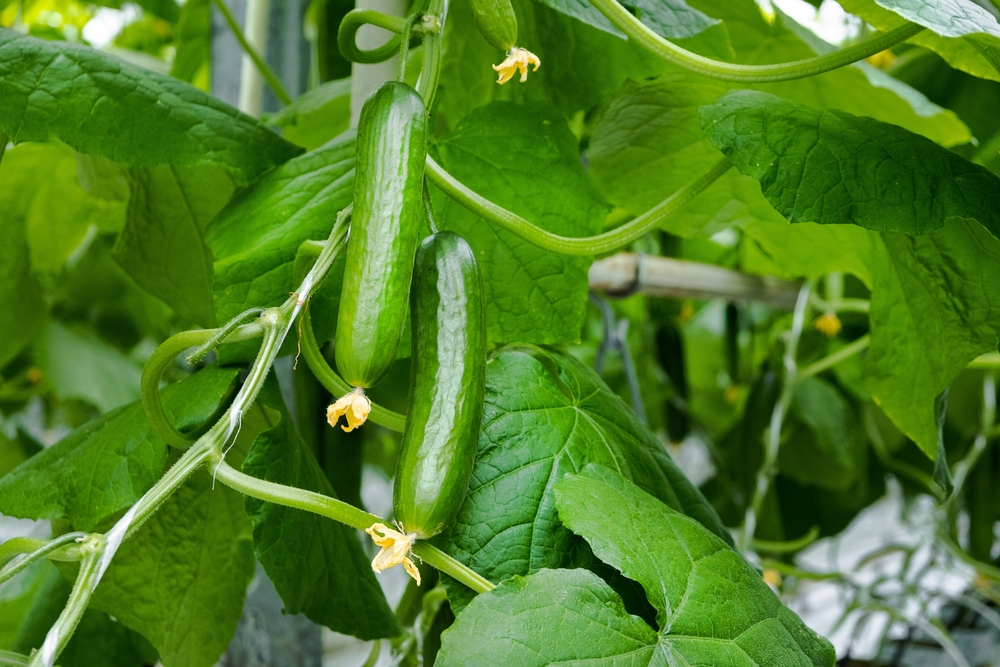
Cucumbers can be grown in buckets with the help of a trellis or support. They need warm weather, sunlight, and consistent watering. The vines will climb and spread if given space. Pick varieties suited for containers for the best results.
With good care, cucumbers can produce plenty of fruit over the season. Buckets allow you to move them around to catch the sun. Keeping the soil moist prevents bitter-tasting cucumbers. Fresh cucumbers from your bucket garden are crisp and refreshing.
Herbs (Basil, Parsley, Cilantro)
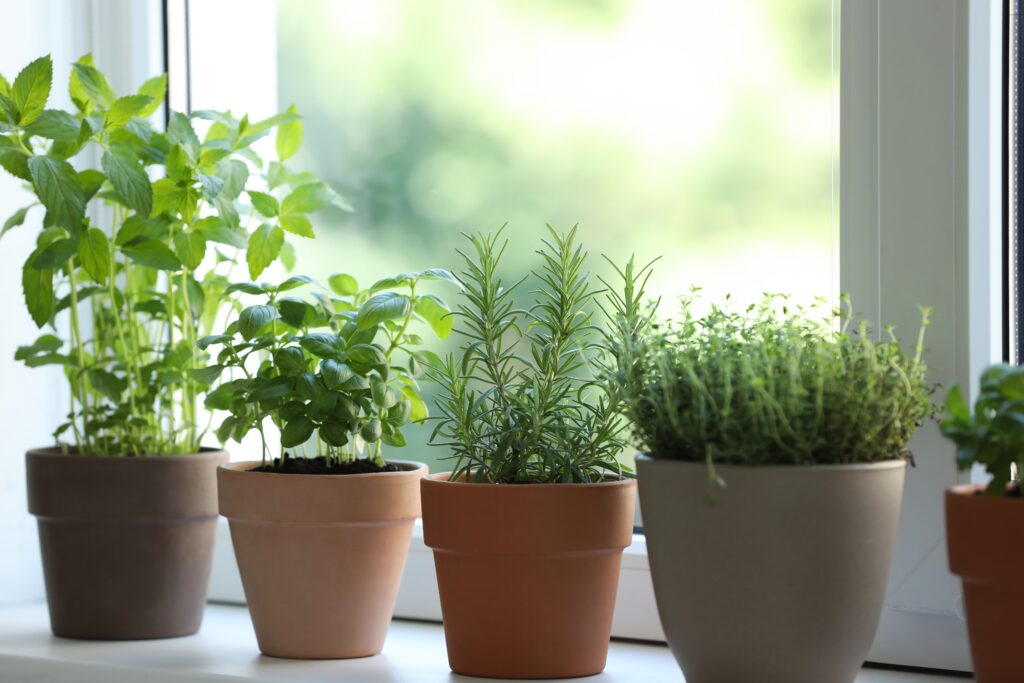
Herbs grow very well in buckets and can be harvested all year. They require little space and can even share one container. Basil, parsley, and cilantro are among the most popular choices. A sunny windowsill or balcony is all you need for a steady supply.
Harvesting herbs regularly keeps them producing new leaves. Buckets make it easy to move them indoors if needed. These fresh herbs add flavor to home cooking without extra cost. Having them nearby makes meals taste fresh and fragrant.
Garlic
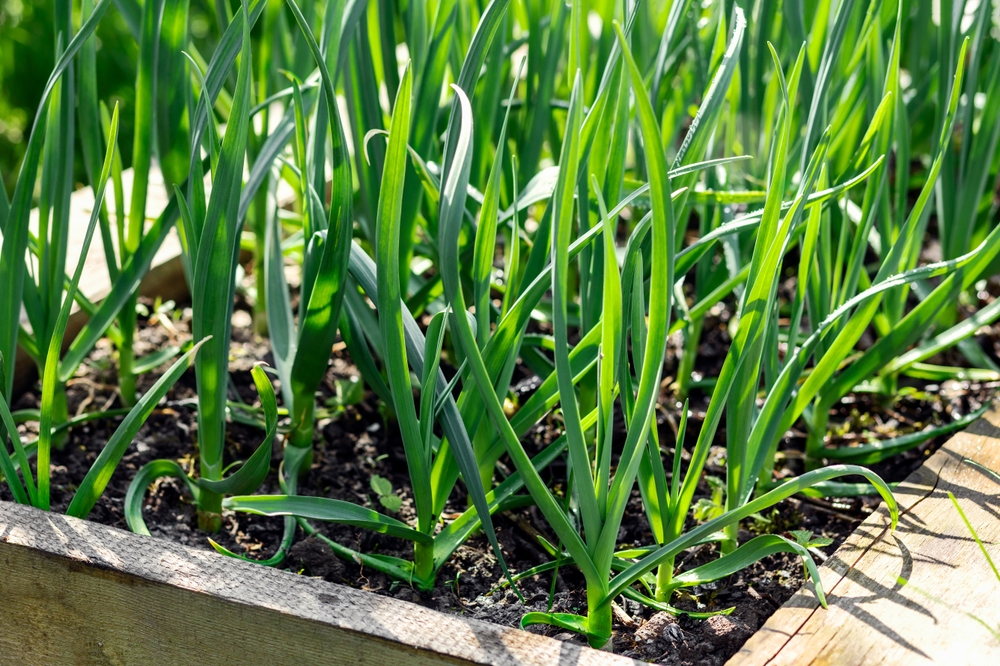
Garlic can be planted in buckets using individual cloves. Each clove grows into a full bulb after several months. A deep bucket with loose soil helps the roots spread out. Garlic prefers full sun and steady watering.
You can harvest garlic once the leaves start to dry and turn yellow. Buckets help control soil conditions and keep pests away. The bulbs can be stored for months after harvest. Growing garlic in containers is simple and rewarding.
Potatoes
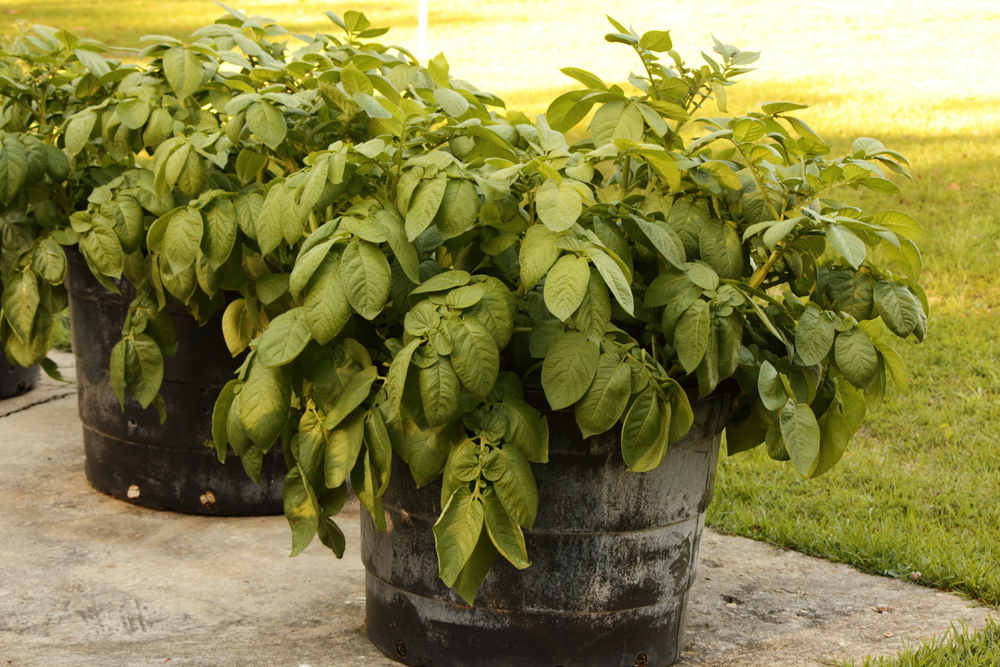
Potatoes grow surprisingly well in buckets, especially when you use the layering method. Start with a few inches of soil and keep adding more as the plant grows. The bucket should be at least 10 to 12 inches deep. This setup encourages more potatoes to form along the buried stems.
Harvesting is easy since you just tip the bucket over when the plants are ready. Potatoes need steady watering but dislike soggy soil. A good mix of compost improves the yield. This method lets you enjoy homegrown potatoes without taking up much space.
Beans
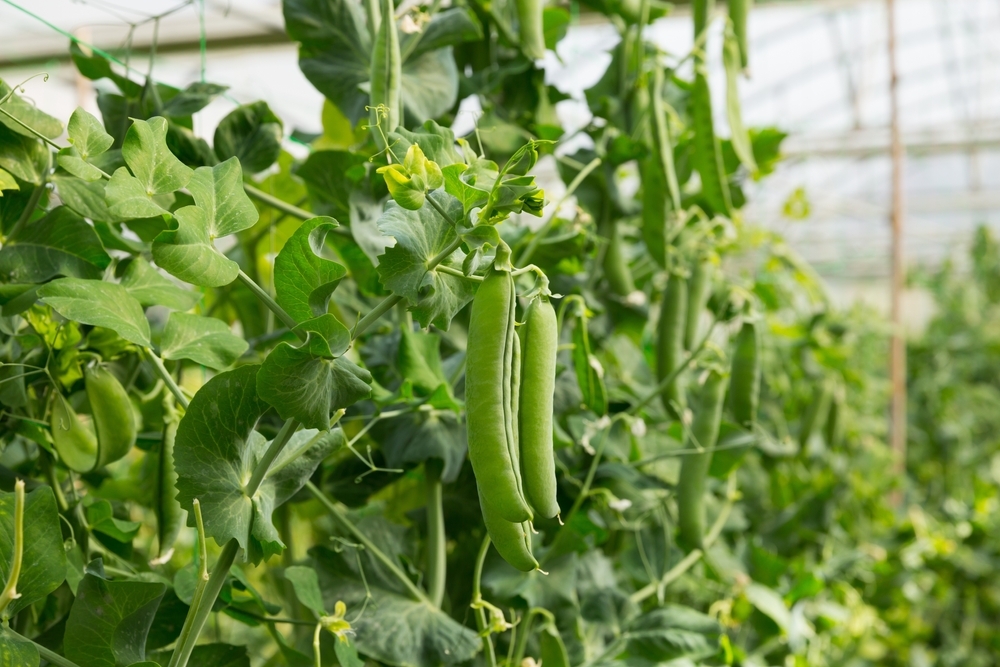
Beans do well in buckets when provided with a pole or trellis for climbing. They grow quickly and can produce many pods in a short time. Bush beans are better for smaller buckets, while pole beans need vertical support. Planting them in warm soil helps them sprout faster.
These plants benefit from steady watering and full sunlight. Picking beans often encourages more pods to grow. Buckets make it easy to move them and protect them from harsh weather. Fresh beans from your own garden are crisp and flavorful.
Beets
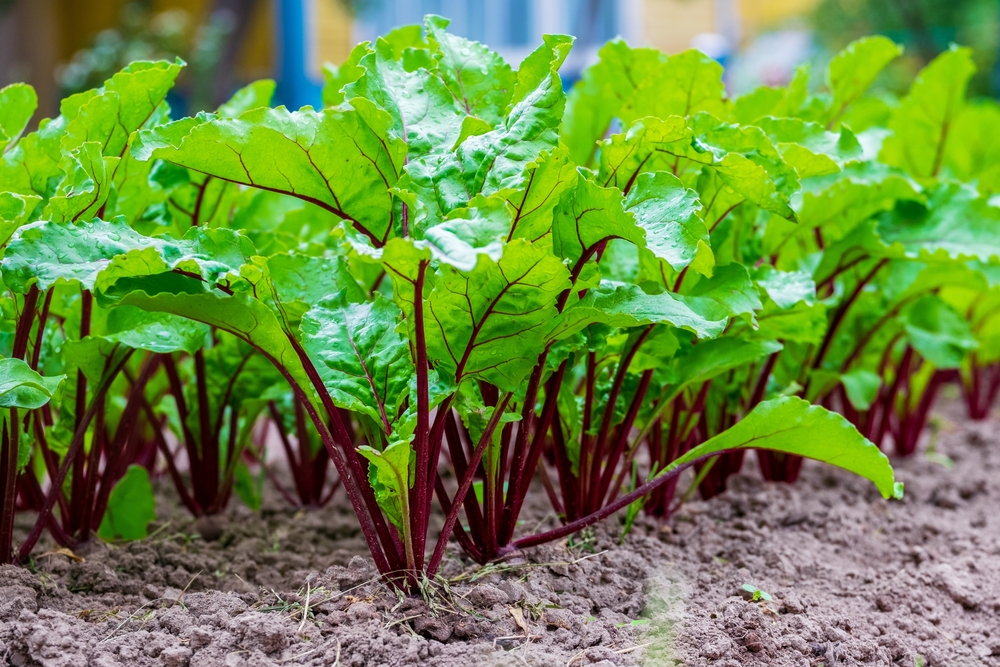
Beets grow nicely in buckets if you provide at least 10 inches of soil depth. They are easy to plant from seeds and sprout quickly. The roots develop best in loose, well-drained soil. They need sunlight for steady growth and color development.
Both the roots and greens can be harvested for meals. Buckets make it easy to control spacing and soil quality. Beets are ready in about two months, depending on the variety. Freshly pulled beets are rich in flavor and nutrition.
This article originally appeared on Avocadu.
